How to Check Brake Pads? (A-Z) Described Easy Way Step by Step
I am sure, you don’t need me to tell you how important brake is for vehicles, anything wrong with that can cause you to end up meeting an accident.
And that is exactly why it is incredibly important that you know how to check brake pads.
A driver should never be completely dependent on the mechanic, you should at least know some important basics such as checking the engine temperature, engine oil, changing tires, etc.
Like everything else, one should check the brake pads too after every one or two weeks, that would keep them on the safe side.
However, if you have never done a check on your vehicle’s brake pads, do that as soon as possible. And if you don’t know how to, then you have landed on the right article.
Trust me, sparing five minutes on this article can save you from big troubles.
Here you go…
How to Check Brake Pads – Easy Steps of Checking the Brake Pads
There are various ways of checking the brake pads, experienced drivers can get the idea of pads condition just by pressing the brake.

Step by Step Checking Brake Pads
I have tried to cover most of the ways, hope that would help. And make sure you do not touch pads in the bare hand, put on a pair of work gloves.
Look at the Wheel Rotor
You can get the status of the brake pads either by looking at it or listening to the sound. Since looking is easier than listening, we will come to that part later.
Dust buildup in brake pads is a normal scene since the rotor rotates through the brake pads.
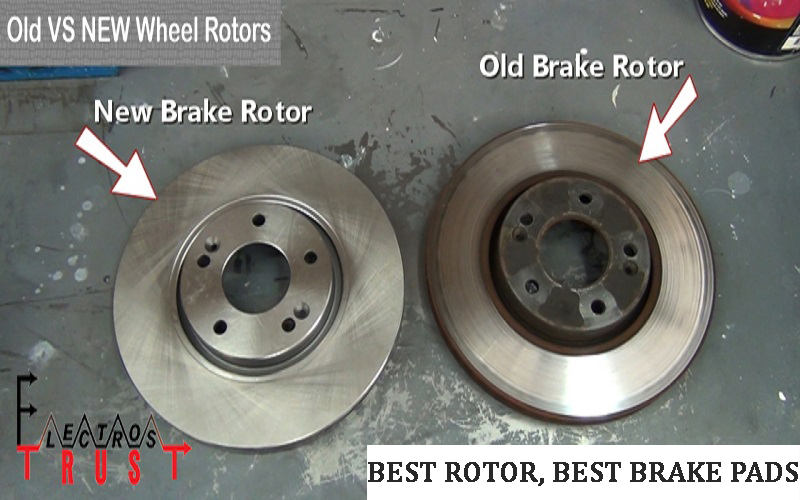
Condition of Wheel Rotors
If your wheel rotors are shining, then the brake pad is okay but if you notice dirt, grease, etc. on it, then it is time to get the brake pads replaced.
Look at the Brake Pad
Most of the vehicle wheels allow you to look at the brake pad through the rim holes and having a flashlight will give you better visibility.
Look for the pad thickness, a thin pad means they are wearing out and if the pad looks very thin then it is time you should call your mechanic for pad replacement.
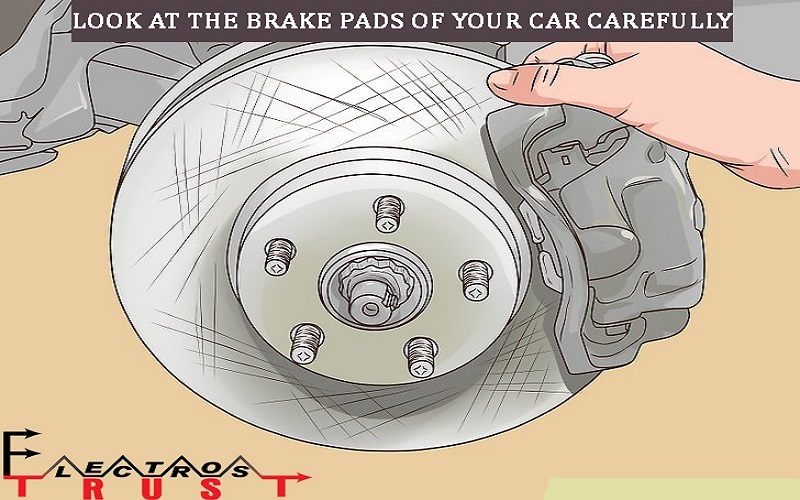
Best Observation of Brake Pads
Some brake pads come with wear indicator slot which is placed at the center of the pad, if you don’t see the slot or hardly see it, that needs to be replaced soon.
Remove the Wheels
You might not be able to look at the brake pads in some wheels and in that case you have to remove the wheels.
I am sure you know how to remove wheels since that is mandatory and if you don’t, here is a short guide below.
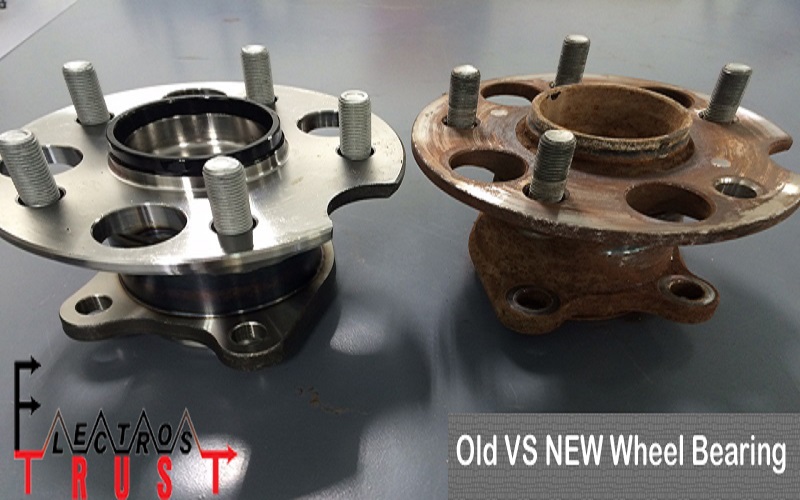
Condition of Wheel Bearing
Set the jack under the vehicle frame closer to the wheel you want to remove and lift up your vehicle with it about 6 inches. And then unscrew all the lug nuts, it’s done.
When you remove the wheel you will get a better view of brake pads and not only that you will get to see other parts too such as brake caliper, rotor, brake line, etc.
Less Responsive Brake
If the brake doesn’t respond immediately, then there is something wrong with your braking system.
The responsiveness means your vehicle should stop immediately when you make a hard deep push in the brake pedal. When brake pads start to wear thin, their responsiveness gets reduced.
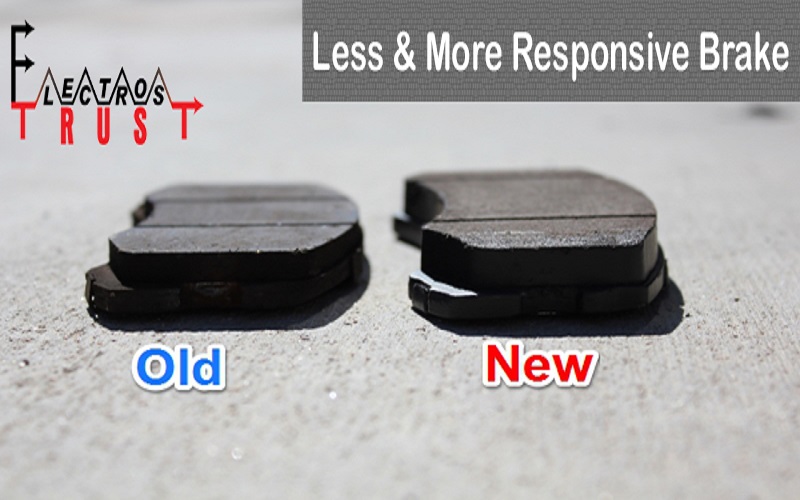
More and Less Responsive Brake Pads
So push the brake pedal if your vehicle is not responding as it used to be or the pedal sinks toward the ground with a light push, you should call your mechanic immediately.
Listen to the Squealers
If you own an old model vehicle, then this way might not be for you. Most of the latest vehicle brakes come with squealers which will notify the rider when the pads start to wear.
And when pads start to get too thin, squealers will make a loud high-pitched sound. The sound will be loud enough to be heard even when the windows are locked.
So whenever you heard any sound coming from your brake, give it a deep inspection.
You can check if the brakes of your vehicle have squealers or not. Take off one wheel and look for it. Squealers are tiny metal tab and supposed to be attached next to the brake pads.
Vehicle Pulling One Side
The car gets pulled to one side when hit the brake pedal, have you ever experienced this? This happens mostly when one side brake pad is worn badly than the other side.
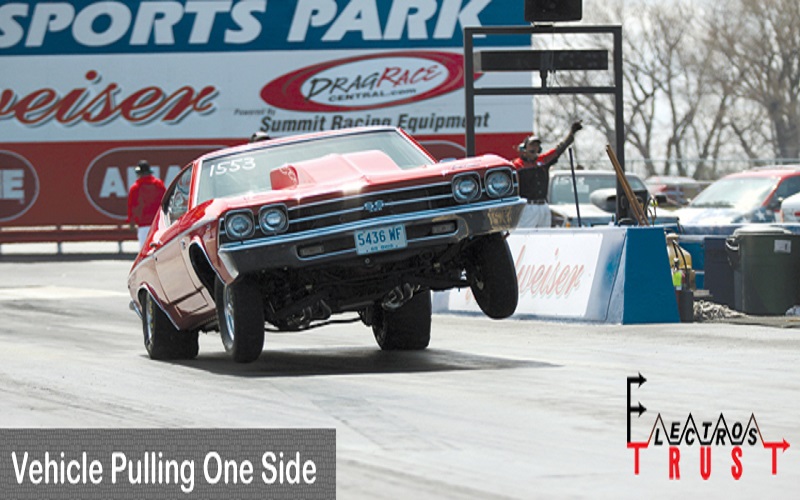
Bad Effect on Brake for Pulling Your Car
A problem in brake liners also could be the reason for this. In the beginning, you might not notice the slight pull in one side, but always pay your maximum attention whenever you brake.
Grinding Noise
Have you ever heard loud grounding noise coming from the wheels when you pushed the brake? This is worst, I hope you never face this.
It happens when the brake pads are no more, which means they are completely worn. Then where the noise come from?
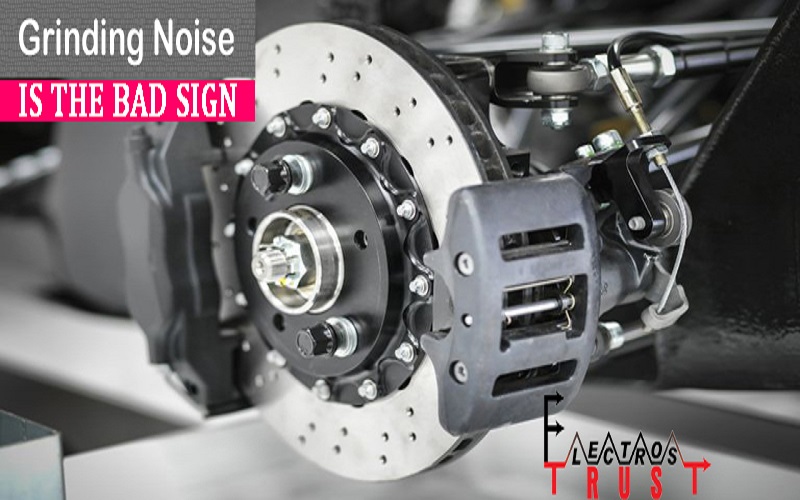
Grinding Noise of Brake Pads
When there are no pads between two metal and they get rubbed, it makes an irritatingly loud grinding noise. In the absence of the pads, the disk and caliper come in contact which damages the rotor.
So if your vehicle brake pads are completely worn out and your mechanic is telling you to change the brake rotor too along with the pads, don’t get surprised.
How Often Should You Change Brake Pads?
I have seen many people asking the same question over and over again, when should I replace brake pads?
The answer is very simple.
There is no time frame of changing the brake pads. You do not have to change the brake pads after every week or month. As long as your brake pads are in good condition you are good.
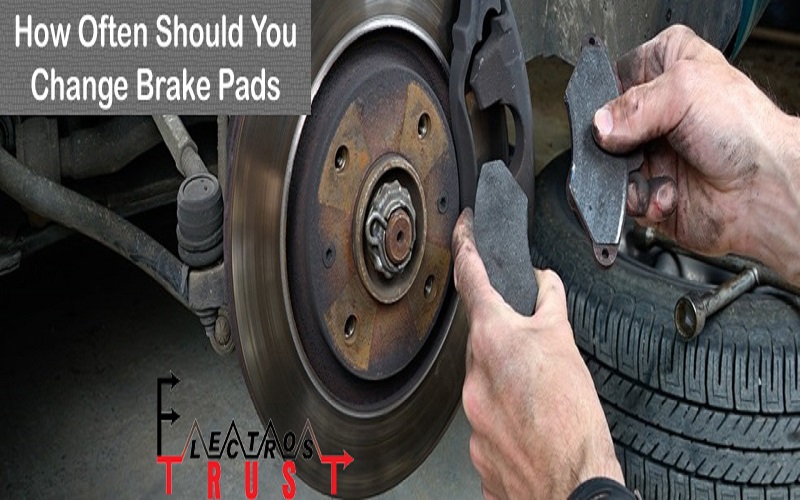
Checking and Change of Your Brake Pads
But normally brake pads require replacing after around 50,000 miles. That too depends on the vehicle and brake pad thickness. Some heavy vehicle’s brake pad might need to be changed after 25000 to 30000 miles.
Final Words
Be very aware when replacing the brake pads since they remain hot most of the time. Even a 40-second short ride can make the pads extremely hot.
So before you put your hands in, make sure they are not hot, otherwise, you will end up burning your hands.
With that said, I am wrapping this article up. These are the most common ways of checking brake pads, hope it helped.

